Everyone experiences moments when creativity feels stifled, leaving you wondering how to reignite your passion for art. Whether you’re a seasoned artist or just beginning, finding inspiration can be both a challenge and a journey worth embracing. This guide delves into strategies and insights designed to help you overcome creative blockades, explore diverse artistic mediums, and discover fresh perspectives to fuel your work. From understanding the 1/3 rule in art to leveraging motivational techniques, this article offers practical advice for keeping your creative spirit alive. By examining various sources of inspiration, including art quotes, Pinterest boards, and Reddit communities, you’ll learn how to craft a supportive environment that encourages growth and innovation. Whether you’re seeking new ways to approach your artistic style or looking to overcome burnout, this comprehensive exploration of finding inspiration in art provides the tools you need to sustain your creative journey.
Key Takeaways
- Identify and address environmental factors to stimulate creativity, such as visiting museums or spending time in nature.
- Manage self-pressure by starting with small projects and experimenting with new techniques to build confidence.
- Explore new mediums to unlock fresh creative avenues and inspire new ideas.
- Seek lesser-known inspiration sources by engaging with online communities and social media.
- Set flexible goals to celebrate progress and maintain motivation without pressure.
- Prioritize mindfulness and health to reduce stress and enhance cognitive function.
- Join creative communities for support and inspiration, fostering a dynamic creative environment.
- Adopt mindfulness practices to reduce stress and improve focus, aiding creativity.
- Innovate your routine through new experiences to break creative ruts.
- Practice self-compassion to overcome fear and perfectionism, allowing for experimental freedom.
- Embrace imperfection by viewing creativity as a fluid, evolving process.
- Recognize art burnout symptoms, including emotional exhaustion and creative stagnation.
- Understand art burnout causes, such as overwork, lack of inspiration, and unrealistic expectations.
- Take proactive steps to navigate burnout, including taking breaks, exploring new perspectives, and seeking support.
- Set realistic goals to avoid overwhelming yourself and maintain a healthy balance.

How to Find Inspiration in Art
Finding inspiration in art involves exploring various techniques, studying great works, and engaging with creative communities. Here’s a step-by-step guide to discovering your artistic muse:
- Visit Museums and Galleries : Explore collections of famous artists to gain insight into their techniques and styles. Many museums offer guided tours and workshops to help you understand different artistic movements.
- Study Nature and Everyday Life : Look for beauty in the world around you. Observing patterns in nature or everyday objects can spark creative ideas.
- Experiment with New Techniques : Try different art forms or mediums to see what resonates with you. This could be painting, sculpting, digital art, or even street art.
- Research Great Artists : Analyze works by master artists like da Vinci, van Gogh, or Banksy. Study their techniques, color palettes, and subject matter to inspire your own style.
- Set Personal Challenges : Create projects with specific goals, such as painting a self-portrait or participating in an art challenge. This pushes your creativity and keeps you motivated.
- Collaborate with Others : Work with fellow artists or join art groups to exchange ideas and learn from different perspectives. Collaboration can lead to fresh insights.
- Embrace Failure as Learning : Don’t be afraid to make mistakes. Every failed piece is an opportunity to grow and refine your approach.
- Seek Feedback : Share your work with friends, mentors, or online communities to get constructive criticism and new perspectives.
- Journal Your Thoughts : Keep a sketchbook or art journal to document your ideas, inspirations, and progress. Reviewing your work over time can reveal patterns and growth.
- Explore Different Cultures : Study art from diverse cultures and eras to broaden your horizons. This exposure can open up new ways of thinking and creating.
- Learn from Masters : Through books, videos, or online courses, study the techniques and philosophies of renowned artists. Their wisdom can provide valuable guidance.
- Stay Curious and Open-Minded : Approach art with curiosity and an open mind. Be willing to experiment and take risks to find your unique style.
Remember, inspiration is a journey. The more you engage with art and the world around you, the more ideas will flow. To dive deeper, explore Patrick Mettraux for additional creative insights and resources.
The 1/3 Rule in Art
The 1/3 rule in art refers to the principle of mixing primary colors in equal proportions to create secondary colors. Here’s a breakdown:
- Primary Colors : Red, Blue, and Yellow are the primary colors.
- Mixing Process : To create a secondary color, each primary color should be used in equal parts, typically one-third of the mixture.
- Orange : Mix Red, Blue, and Yellow each in equal thirds.
- Green : Mix Blue, Yellow, and Red each in equal thirds.
- Violet : Mix Blue, Red, and Yellow each in equal thirds.
This rule ensures that each color contributes equally, leading to balanced and harmonious hues.
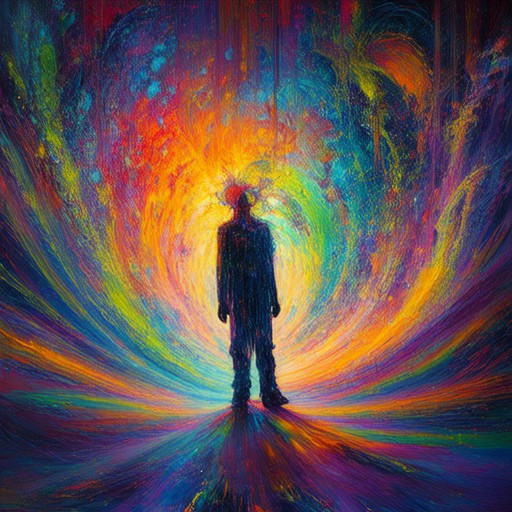
How to Find Motivation in Art
I’ve discovered that art can be a powerful source of motivation, whether you’re creating your own pieces or simply appreciating the work of others. Here are some effective ways to find and maintain your motivation in art:
- Explore Different Art Forms – Dive into various mediums like painting, sculpture, photography, or digital art. Each form offers a unique perspective and can inspire different emotions and ideas.
- Set Personal Goals – Define what you aim to achieve with your art. Whether it’s mastering a technique, experimenting with new styles, or telling a specific story, having clear goals can keep you motivated.
- Seek Inspiration from Others – Look at the work of artists who inspire you. Visit galleries, museums, or online platforms to see how others approach their craft and get ideas flowing.
- Experiment and Iterate – Don’t fear failure. Start with simple sketches or small projects to explore your creative process. Iteration is key to growth and discovery.
- Surround Yourself with Art – Create an environment that sparks your creativity. Hang artwork in your space, visit art shows, or watch videos of artists at work to stay inspired.
- Reflect on Your Own Story – Art often reflects personal experiences. Consider how your life journey influences your work and use that as fuel to keep creating.
- Join a Community – Connect with other artists or art enthusiasts. Collaborate on projects, share your progress, and learn from others who understand the challenges and joys of creating art.
By incorporating these strategies into your routine, you can cultivate a strong sense of motivation and continue to grow as an artist. Remember, the journey is as important as the destination, so enjoy the process and let your creativity guide you forward.
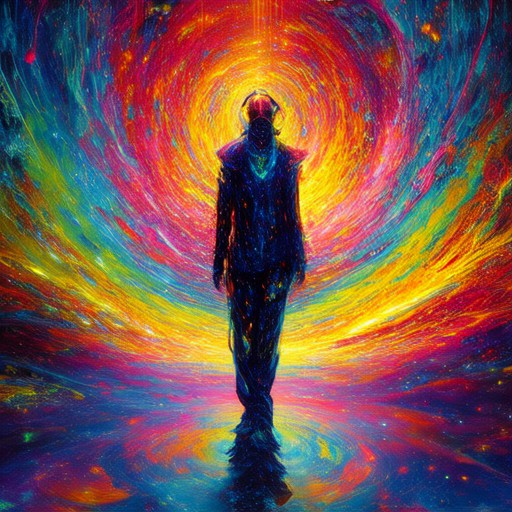
Why Do I Have No Inspiration for Art?
If you’re feeling uninspired by art, it might be due to a combination of factors affecting your creative mindset. Here are some potential reasons and strategies to overcome this challenge:
- Environmental Factors: A change of scenery can stimulate your senses. Consider visiting a museum, exploring a new neighborhood, or spending time in nature. These experiences can often reignite your creative spark.
- Self-Pressure: High standards can be daunting. Start with small, manageable projects to ease yourself into creating without the pressure of perfection. Doodle casually or experiment with new techniques to build confidence.
- Exploring New Mediums: Branch out beyond your usual tools. Try digital art, collage, or mixed media to discover fresh creative avenues and inspire new ideas.
- Seeking Inspiration: Look beyond well-known artists. Explore lesser-known creators on social media or art communities. Engage with forums or groups to connect with fellow creatives who may share similar challenges and solutions.
- Setting Goals: Define what success means for your art projects. Focus on personal growth and enjoyment rather than perfection. Celebrate small victories to stay motivated.
- Mindfulness and Health: Practice mindfulness or meditation before creating to clear your mind. Prioritize physical health with adequate sleep, nutrition, and exercise, as these factors can significantly boost creativity.
- Learning and Community: Enroll in art classes or workshops to learn new techniques and gain a supportive community. Expert instruction and peer interaction can provide the motivation and structure needed to reignite your passion.
By addressing these areas, you can identify the root causes of your creative block and develop strategies to overcome it, helping you find inspiration for art once again.
Understanding Why You’re Not Feeling Creatively Inspired
Your lack of creativity may stem from several interconnected factors, each contributing uniquely to your creative block. Here’s a breakdown of potential reasons and strategies to overcome them:
1. External Factors: Stress and Routine
Stress can cloud your mind, making it difficult to relax and embrace creativity. Consider incorporating mindfulness or relaxation techniques into your daily routine. Breaking free from a monotonous schedule by experimenting with new activities can also stimulate fresh ideas.
2. Social Influences
The company you keep significantly impacts your mindset. Surround yourself with supportive individuals who inspire and challenge you. Engaging with a creative community can rejuvenate your creative spirit and provide valuable perspectives.
3. Health and Well-being
Adequate nutrition, regular exercise, and sufficient sleep are crucial for cognitive function. Enhancing your health can boost your energy levels and mental clarity, fostering a more conducive environment for creativity.
4. Reflection on Past Successes
Looking back on previous achievements can sometimes lead to comparisons, which may hinder your current progress. Embrace your journey, recognizing that past success was a stepping stone rather than a final destination.
5. Overcoming Fear and Perfectionism
Fear of failure or not meeting expectations can stifle creativity. Cultivate self-compassion and openness to experimentation, understanding that creativity thrives in a non-judgmental space.
6. Reducing Unrealistic Expectations
Setting unrealistic goals can be overwhelming. Embrace imperfection and view creativity as a dynamic, evolving process rather than a pursuit of perfection.
Strategies to Reignite Creativity
- Adopt Mindfulness Practices: Techniques like meditation can reduce stress and enhance focus, making room for creative ideas.
- Innovate Your Routine: Introduce new experiences or hobbies to break through creative ruts and stimulate fresh thinking.
- Seek Supportive Networks: Surround yourself with like-minded individuals who encourage and inspire your creative journey.
- Prioritize Health: Ensure your physical well-being is a priority to support optimal cognitive function and creativity.
- Reflect Constructively: Look back on your past with gratitude, viewing it as a foundation for future growth.
- Cultivate Courage and Self-Compassion: Embrace experimentation and allow yourself the freedom to explore without fear of judgment.
- Embrace Imperfection: View creativity as a fluid process, celebrating the journey rather than fixating on outcomes.
By addressing these areas, you can create an environment conducive to creativity and rediscover your source of inspiration.
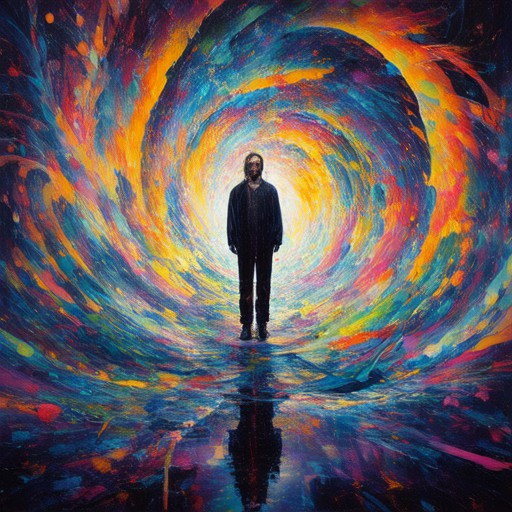
What Does Art Burnout Feel Like?
Art burnout is a complex emotional, physical, and mental exhaustion that creeps in when creativity feels forced, uninspired, or overwhelming. It’s not just a temporary fatigue—it’s a deep sense of disconnection from your creative self and a loss of passion for your craft.
The Symptoms of Art Burnout
- Emotional Exhaustion: Feeling drained, defeated, or disconnected from your work. Creativity seems stifled, and you struggle to find motivation.
- Mental Fog: Struggling to think creatively or problem-solve. Your mind feels heavy, and ideas seem hard to come by.
- Physical Fatigue: Experiencing physical symptoms like headaches, sleep issues, or muscle tension from overworking or lack of rest.
- Creative Stagnation: Feeling stuck in a rut, where every project feels lackluster or uninspired. You may lose confidence in your abilities.
- Isolation: Cutting yourself off from your support network or feeling like you can’t share your struggles with others.
Why Does Art Burnout Happen?
- Overwork: Pushing yourself too hard without adequate rest can lead to burnout. Creativity thrives in a balanced state.
- Lack of Inspiration: When you lose connection to your source of inspiration, it becomes harder to create meaningfully.
- Unrealistic Expectations: Holding yourself to perfectionist standards can be exhausting and discouraging.
- Stress and Pressure: External pressures, whether from deadlines or personal expectations, can weigh heavily on your creativity.
How to Navigate Art Burnout
- Take a Break: Step away from your work to allow your mind and body to recharge. Even a short walk or a change of scenery can help.
- Explore New Perspectives: Read books, watch films, or visit museums to reignite your passion and find fresh inspiration.
- Practice Self-Compassion: Be kind to yourself during this time. It’s okay to feel stuck or unmotivated—it’s part of the creative journey.
- Seek Support: Talk to friends, mentors, or a therapist who understands your struggle. Sharing your feelings can be incredibly relieving.
- Set Realistic Goals: Don’t overwhelm yourself with ambitious plans. Break projects into smaller, manageable steps.
Conclusion
Art burnout is a common challenge for creatives, but it doesn’t have to define your career. By recognizing its signs and taking proactive steps, you can overcome it and return to your creative flow. Remember, your well-being is just as important as your work—and seeking help when needed is a sign of strength, not weakness.

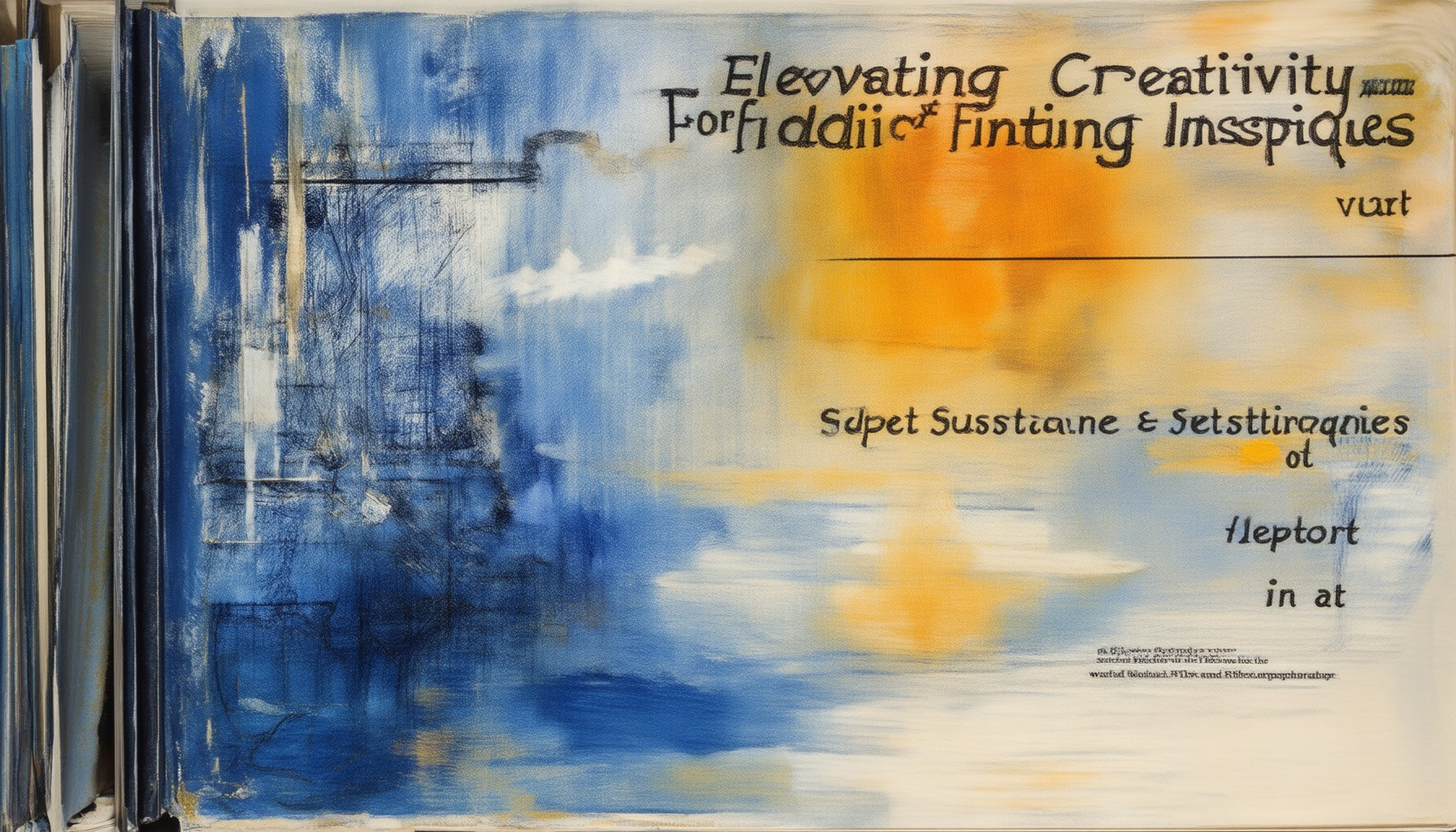
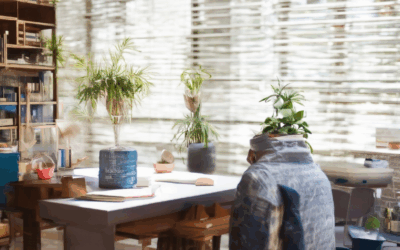
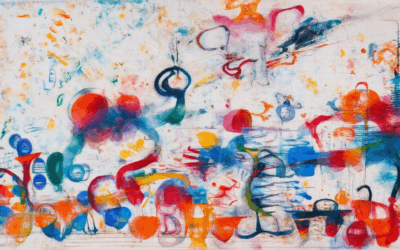
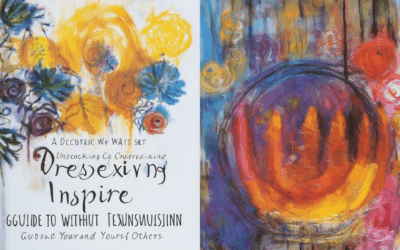
0 Comments